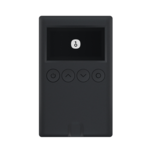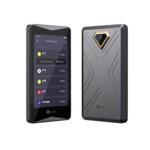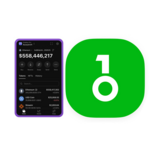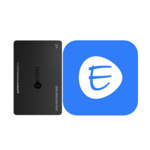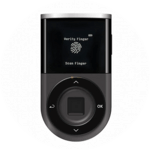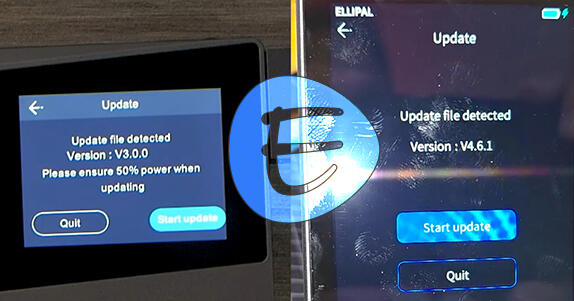A budget wallet priced at $99 with open-source code, support for 30,000 assets, and compatibility with desktop and mobile apps.
Completely air-gapped connectivity, open-standard QR-code communication, self-destruct data-wipe feature, hidden (stealth) accounts, factory-reset mode, multi-currency support (up to 10 wallets), built-in DApp browser, integrated exchange aggregator, on-device crypto purchases, full NFT management.
Watch-only function is missing.
A simple wallet with an intuitive interface that supports major cryptocurrencies.
High price, redundancy in terms of 2 chips, screen smaller than competitors.
2 chips, quantum-ready, secure Trezor Host protocol.
The large screen lets you view the full transaction details at a glance, helping you avoid tampering or fraudulent modifications.
It makes sense to use it in conjunction with the biometric hardware wallet; using it as a standalone wallet or paired with their card is questionable.
It operates across all device types and supports over 5,000 cryptocurrencies and 100 networks.
The wallet strikes a balance between a user-friendly interface and advanced configuration options tailored for experienced crypto users
A no-frills app with no unnecessary features.
It offers a large touchscreen display, robust security measures, a wide array of features, and support for over 5,000 coins.
Wide asset support. A user-friendly browser wallet for connecting to Web3 applications.
The kit includes a device for generating your seed phrase entirely offline.
User-friendly interface, interactive charts, detailed portfolio analytics, cross-platform compatibility, and support for a wide range of assets.
Unlike the Ellipal Titan 2.0, the Mini runs on its own proprietary firmware rather than a full Android operating system. This reduces its attack surface.
Biometric protection for hardware wallet.
Free usernames to simplify transactions. A sidebar interface replaces a small pop-up window, enhancing usability.
